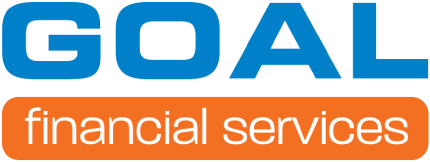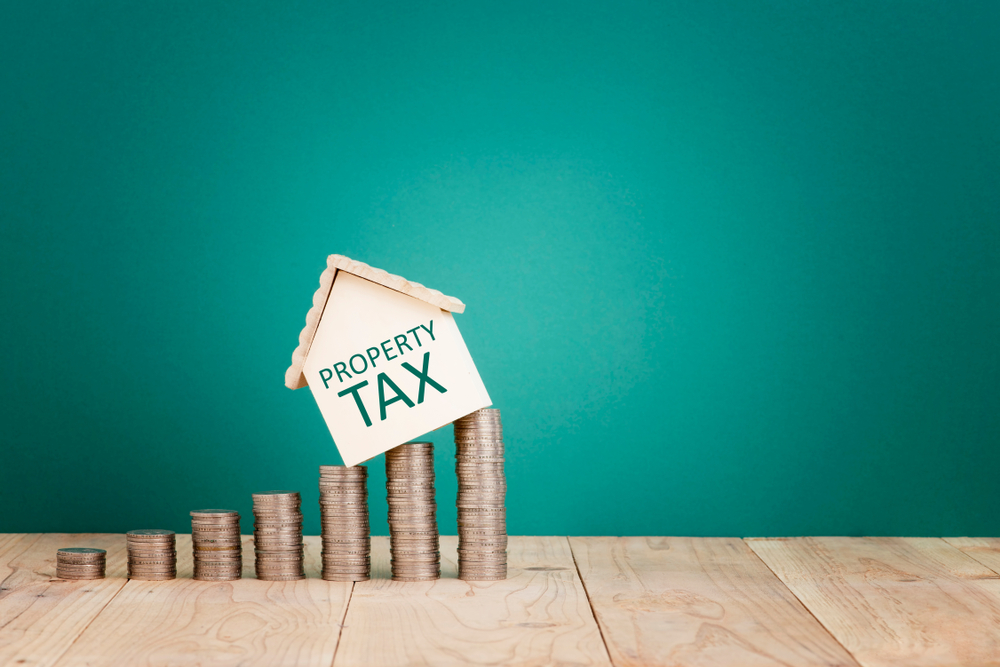It’s that time of year again — the End of Financial Year (“EOFY”) — and tax preparations may feel daunting given what the world has had to endure for over a year. Many of us worked reduced hours or were unemployed. A large part of the workforce worked remotely. Tenants struggled to pay rent, and landlords may have had a difficult time collecting. Despite how different this past year may have been financially, there are ways to maximise tax benefits. Knowing what to include and how to maximise employment deductions could give you an EOFY cash boost. Here’s our EOFY checklist:
Things to Remember
Know What Constitutes “Income”
Most people assume that income is what they earn from an employer. Apart from salaries or wages, these may fall under the umbrella of income:
- Payments — lump sum or even for termination
- Stock dividends
- Employee share schemes
- Rental property income
- Foreign income
- Capital Gains
- Cryptocurrency gains
- Managed Funds income
- Employee “share” schemes
Know What Deductions You Are Eligible For
Depending on the nature of your work, your work-related deductions can include:
- Home office expenses
- Tools/equipment — including depreciable assets like laptops
- Vehicle/travel expenses
- Professional development
- Memberships, registrations, and subscriptions
- Accounting fees
- Income protection insurance
- Investment income
- Donations
- Personal super contributions
Don’t Forget Levies
We all pay a 2% (of taxable income) levy towards the Australian Medicare system. But if your income is over a certain amount and you do not have appropriate private health insurance, you may also be subject to the Medicare levy surcharge. At the same time, in deciding whether you should obtain a certain level of private health insurance, you should find out whether you are eligible for the private health insurance rebate.
Make Sure You Have All Supporting Documents
As always, you need to be able to prove your numbers for income, contributions, and expenses. Apart from your employer’s documents relating to wages, have the following information on hand:
- Receipts for depreciable items if you made capital investments
- Sales contract and documents for all associated costs for any property you bought or sold, as well as a depreciation schedule
The Impact of COVID on the 2020/21 Financial Year
The pandemic lockdowns changed how a lot of us worked, with many organisations forced to allow personnel to work from home. To reflect this and to simplify the calculation of work-from-home expenses, the Australian Taxation Office (ATO) has provided a shortcut method for the 2020/21 taxation year. You can calculate the actual running amount for each individual expense, or you can use the following formula: 80 cents per hour for every running expense you have incurred and paid in order to earn income.
This shortcut formula applies to remote work done between 1 March 2020 to 30 June 2022. After 30 June 2022, the fixed rate will be 52 cents per hour per expense.
You should have timesheets or notes that record your work-from-home hours to support your claim. If your employer covered your work-from-home costs, this has to be reflected as income on your tax return, but you are still allowed to claim the deduction. Eligible expenses include utilities — heat, electricity, phone, internet — and equipment — computer/laptop, printer, furniture for the home office area. For more information about the various ways you can claim work-from-home expenses, refer to the ATO’s guidance on the topic.
Investment Advice from the Professionals at GOAL
If you need help getting started on your investment journey or require expert financial advice, please get in touch with Robert Warry of Goal Financial Services, on rob.warry@goalfs.com.au or by phone on 1300 33 GOAL (1300 33 4625).
We’re here to help you secure your future no matter what stage of life you are in.





